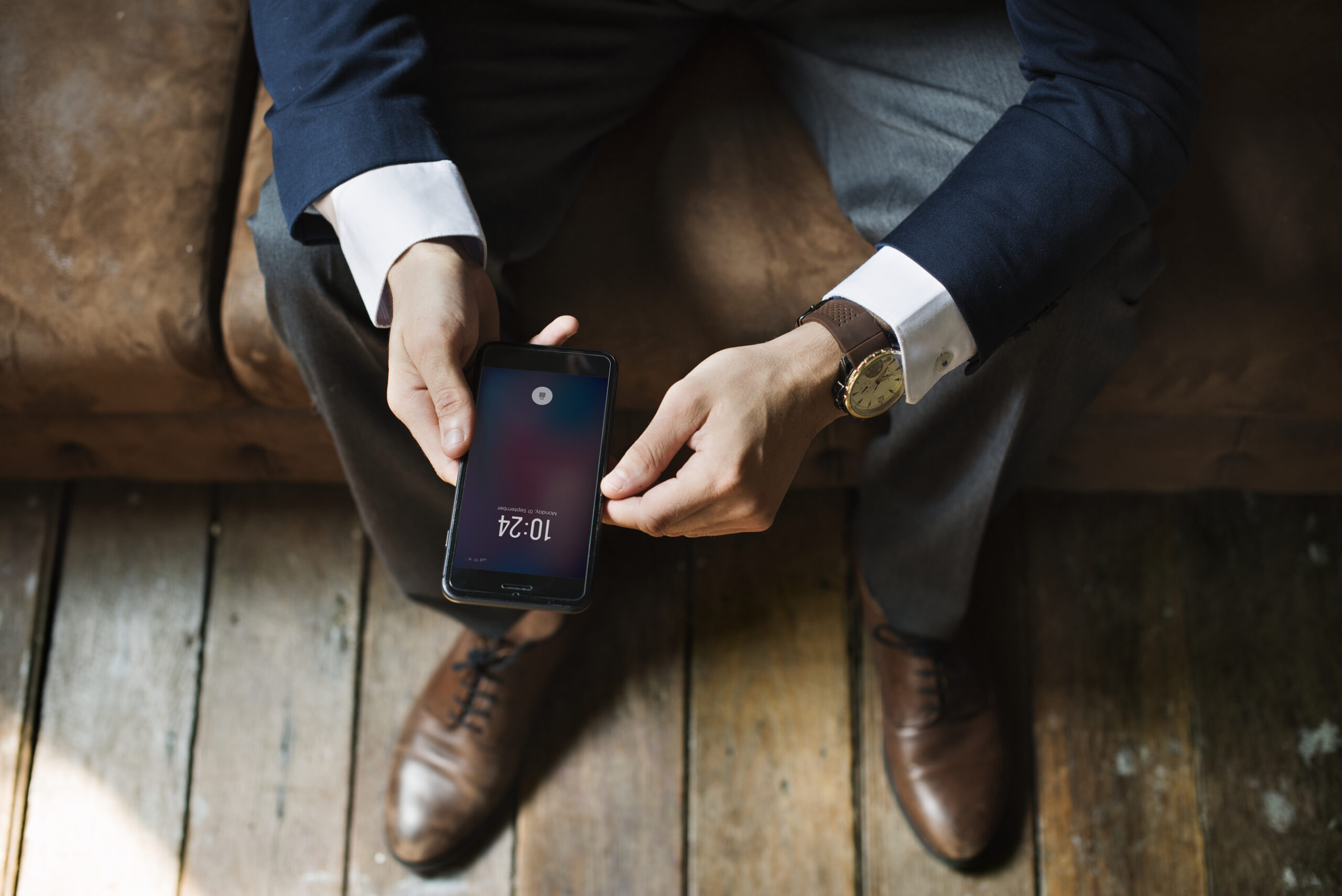Every mobile device comes in with a certain number of apps preinstalled. These are apps that are necessary like e-mail, web surfing, notes, calendar entries, multimedia, and so on so forth. These are the apps that are essential, but beyond them, you will mostly install other apps through an app store, like the Apple App store or Google Play Store.
If you are familiar with the mobile operating system development model, you will notice how well the whole app ecosystem blends with the development model. Let’s look at them.
iOS Apps
The iOS operating system is solely used in Apple products only, like iPhone and iPad. Apple imposes stricter rules on iOS app developers and has more control over user experience than any other manufacturer out there.
They are in control of which apps can be installed into the iOS device, and they do so by keeping the Apple App store the only way to download apps for Apple devices. Any iOS app developers need Apple’s approval to let their app distributed. If they fail to measure up the Apple’s standard, the app won’t even make it to the store.
To install an app, select the App store icon. Explore the store and look for the app you want. You can browse based on today’s featured apps or popular apps, and games, and search for what you are looking for. The very first time you will be prompted with a message to create an account, as you try to purchase an app. If you have an account previously created for any Apple product, use that account instead. You are able to create an Apple account with a few steps and a valid credit card is required.
iCloud feature, iCloud Key Chain, builds on the key chain feature available in macOS, which synchronizes the user credentials and necessary information with other Apple devices. This key chain can store other non-Apple credentials as well, like Amazon, and Facebook logins as other providers. These stored values can later be used with the auto-complete features provided.
Android Apps
Google power-ups the whole Android sector for smartphones and tablets. Google gives away its core Android, which enables the manufacturers to differentiate their own Android devices from other Android manufacturers. For instance, the Samsung tablets use the kind of Android which differs from the Android used in an ASUS tablet. One good example here is the OnePlus, which developed its own operating system based on Android called OxygenOS to give its devices a unique feel and look.
Any Android user hardly ever uses any of the Androids which have not been modified from the original Android. Sometimes Android users may trip up on the variants of the Android interface out there. Knowing about the combination of Android versions a smartphone or tablet runs with the knowledge about the manufacturer and their modification can help you out if you are dealing with Android phones frequently as an occupation or enthusiast. Manufacturers typically assign a version number to their release.
Unlike Apple, Android device can get their apps from more than one source. The most widely used and popular is the Play Store from Google Play. Amazon also has its own store known as Amazon AppStore. There are manufacturers out there who offer their own app store that comes in with their devices. These kinds of vendor-specific stores enable you to get the app from such stores that fit so well with your smartphone or tablet.
There is a store with countless third-party apps on the market where you can find tons of apps developed for your Android but their compatibility may not be as wide as the apps from Play Store.

